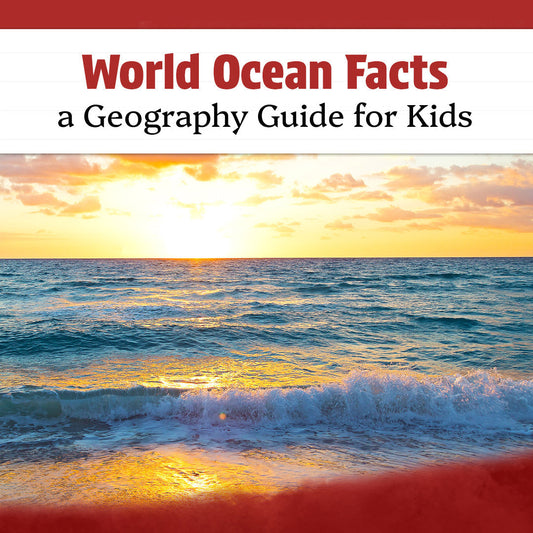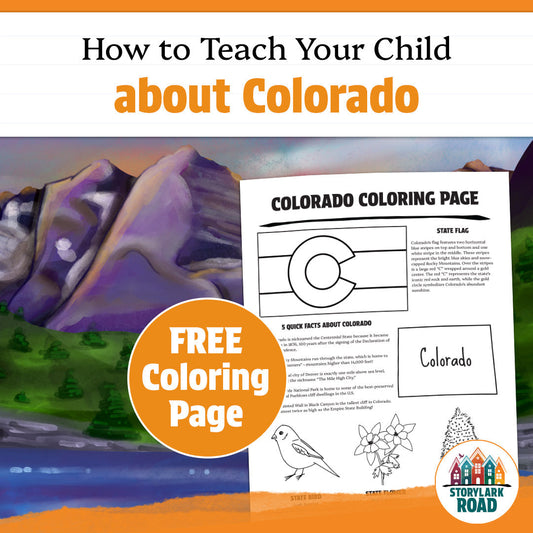Although not an official title, there are seven awe-inspiring landmarks that are widely considered natural wonders of the world. From the dancing lights of the Aurora Borealis to the towering Mount Everest, it's not hard to see why these breathtaking sights were deemed natural wonders. Let's take a closer look at these unique spots and what makes them so special!

Guanabara Bay
Where: Rio de Janeiro, Brazil
What Makes It a Wonder: An immense natural harbor formed by erosion from the Atlantic Ocean, Guanabara Bay is known for its dramatic geography and unusual beauty. Jagged mountains tower over the city and its long beaches, while single sharp peaks, like Sugar Loaf, seem to rise straight out of the bay.

Parícutin
Where: State of Michoacán, Mexico
What Makes It a Wonder: In 1943, in the middle of a cornfield, a cinder cone volcano suddenly began to emerge from the ground, eventually surging to 1,391 feet (424m) and burying villages in molten lava and ash. The swift birth of Parícutin marked the first time in history that scientists could document the complete life cycle of a volcano!

Great Barrier Reef
Where: Coral Sea, off the coast of Queensland, Australia
What Makes It a Wonder: The planet’s largest living structure at over 1,430 miles (2,300km), the Great Barrier Reef is a wonderland of 3,000 brightly colored reefs, 900 islands, and innumerable precious habitats for thousands of marine species. A marvel of biodiversity, this delicate reef can even be seen from space.

Grand Canyon
Where: Arizona, USA
What Makes It a Wonder: At 277 miles (446km) long and up to 18 miles (29km) wide and over one mile (1.6km) deep, the Grand Canyon is a majestic masterpiece of nature. Its rugged terrain and intricate layers of red, orange, and purple rock, exposed over time by the Colorado River, are testament to Earth’s ancient geological history.
Want to learn more about Arizona and its own natural wonders? Be sure to check out our Hello, Arizona! state study!

Victoria Falls
Where: Zambezi River, Zambia/Zimbabwe
What Makes It a Wonder: One of the widest waterfalls in the world at 5,604 feet (1,708m) across, the Victoria Falls plunge dramatically into a basalt gorge up to 354 feet (108m) deep. The immense curtain of falling water creates so much mist and such a deafening roar that the local name for the falls is Mosi-oa-Tunya—The Smoke That Thunders.

Mount Everest
Where: Himalayan Mountains, Nepal/Tibet
What Makes It a Wonder: At 29,029 feet (8,848m), Mount Everest is the highest mountain on Earth above sea level. Since 1921, mountaineers have attempted to reach the summit, and sometimes they succeed. But there are a lot of dangers in climbing Mount Everest, including altitude sickness, avalanches, extreme wind and weather, and giant glacial crevasses.

Aurora Borealis
Where: Arctic Circle, Norway
What Makes It a Wonder: Also known as the Northern Lights, the Aurora Borealis is a colorful natural light show most often seen near Earth’s magnetic poles. When electrically charged particles from the sun collide with gases in Earth’s atmosphere, they create luminescent hues of green, pink, and violet that dance across the polar night sky.
Discover the natural beauty of the United States!
There is beauty all around us—and by diving into our Hit the Road Geography curriculum, you and your child can together explore the unique beauty of each of the fifty states! Through story-based literature, hands-on activities, and lots of humor...we can help transform US geography into a subject your child will love!






6 comments
Your geography lessons are wonderful! Thank you for all you do!
These parts of the world sound so beautiful. I would love to travel someday.
I Love These. Especially The Aurora Borealis. So Cool.
I hope one day we’ll be able to see this in person! Thanks for the info.
Thank you for amazing stuff we can teach our children